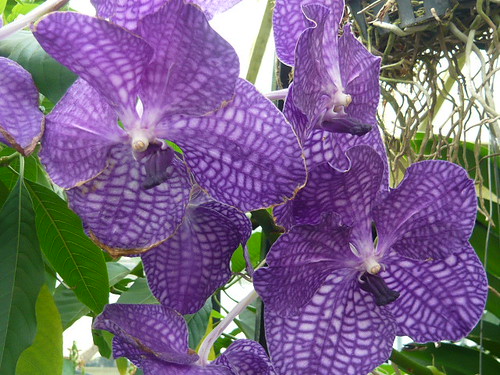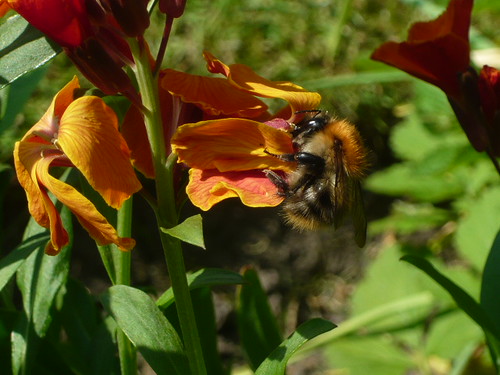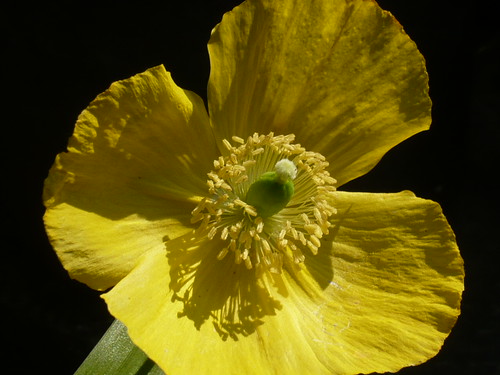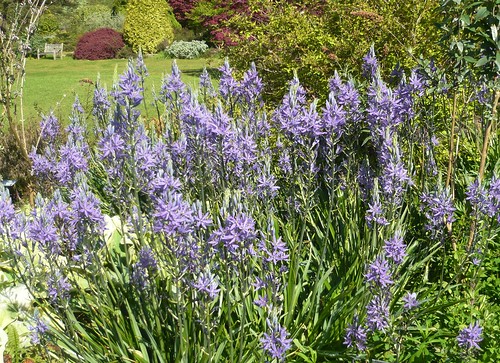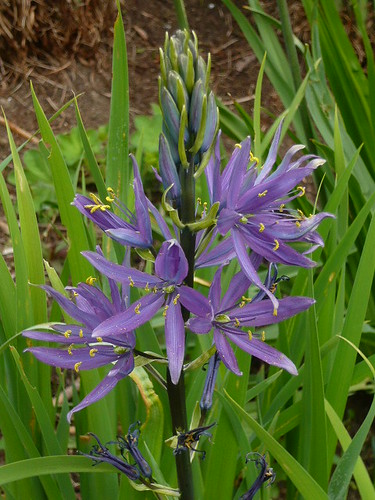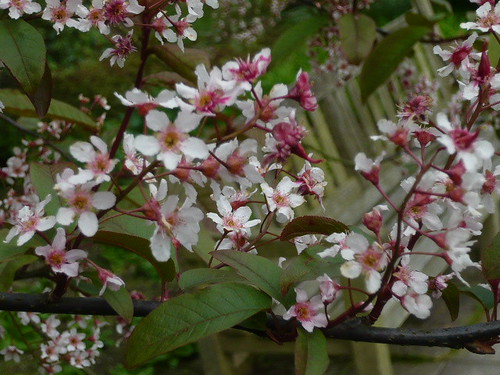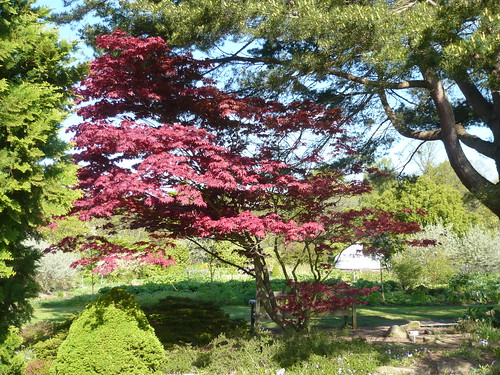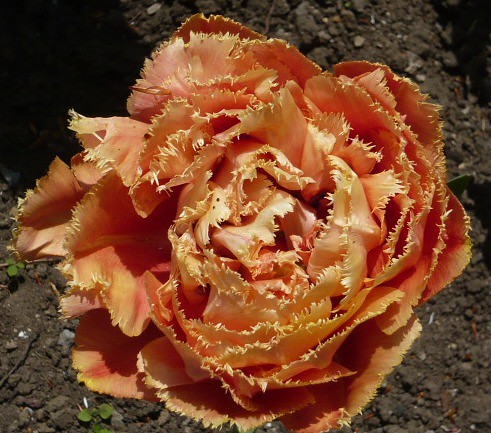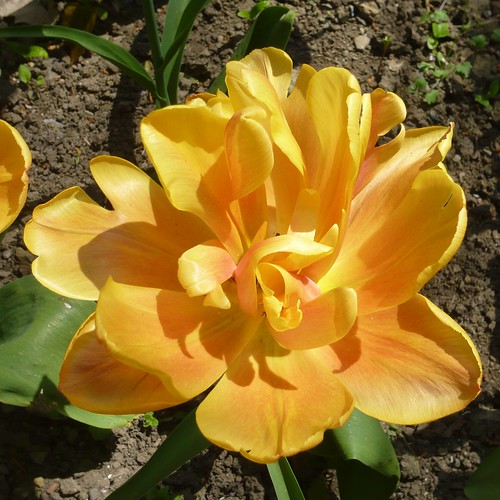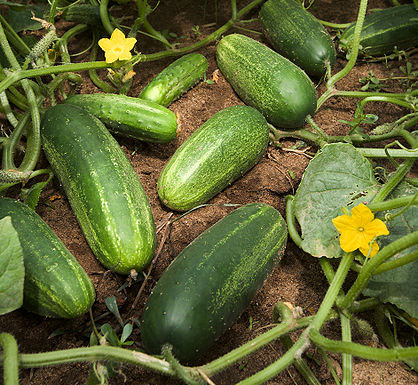
Cucumbers growing on soil. Training them up canes protects fruit from slugs
Cucumbers are a rewarding vegetable. Picked fresh from a home grown plant they taste great and add to any summer salad.
Cucumbers will grow best in a greenhouse or polytunnel. They need between 100 to 140 frost free days from sowing to harvest, so they can be grown outdoors in the UK, if the spot is sheltered. If growing outside try hardy varieties such as ‘Long Green Maraicher’ and Boothby’s Blond’.
Sowing Cucumber Seed
Sow in pots and keep in a warm place. Once, sprouted the seedlings like a warm and moist environment.
Growing Tips
- When 2 inch tall, remove weaker seedlings. When planting out, give 90cm
- Cucumbers are hungry feeders. They thrive on a rich, moist soil. They like more water and feed than tomatoes (tomatoes do well by keeping relatively dry until the fruit sets).
- When fruit sets, feed with a high Potash (tomato) feed to encourage bigger fruits.
- Cucumbers can be trained up cane poles. But, with several large cucumbers the weight can become too much. However, like many veg, it is best to pick often as this will keep the plant producing more.
- Pinching Out. An important aspect of growing cucumbers is to pinch out the male flowers. They are identified by the flowers without an embryonic cucumber behind the base. If male flowers are left on, they tend to pollinate the female flowers and the resulting fruit is bitter.
- Pinch out Growing tips 2 leaves after a fruit has formed
Pests and Diseases.
Cucumbers, like many plants grown in greenhouses, can be subject to powdery mildew, and Red Spider Mite. The best cure here is prevention. It involves avoiding a very hot dry environment (which Red Spider Mite loves) and providing good ventilation. Ensure good hygiene and cut away and dispose of any affected leaves as soon as you see evidence of fungal growth.
The succulent leaves of cucumbers also make a popular target with slugs and snails. Use the usual methods of preventing slug and snail damage.
Cucumber Mosaic Virus.
A disease not confined to cucumbers. Symptoms include yellowing leaves, leaves turning up and reduction in yields and distorted fruit. The best way to deal with cucumber mosaic virus is prevention. Chemical control is difficult. It can be transmitted through aphids or even affected tools. If you experience any disease, burn plant and disinfect area and tools involved.
Related



